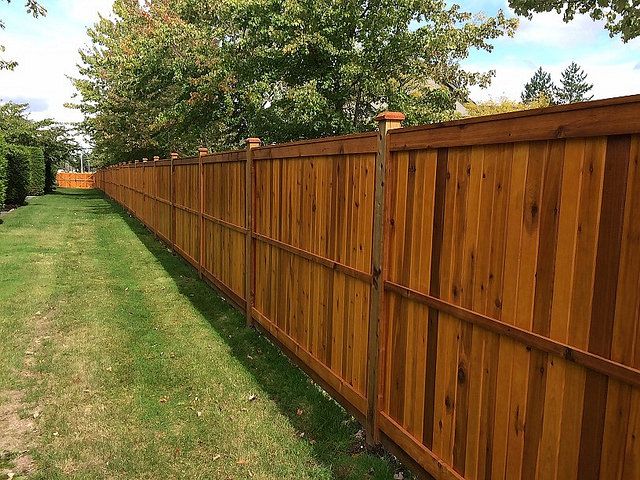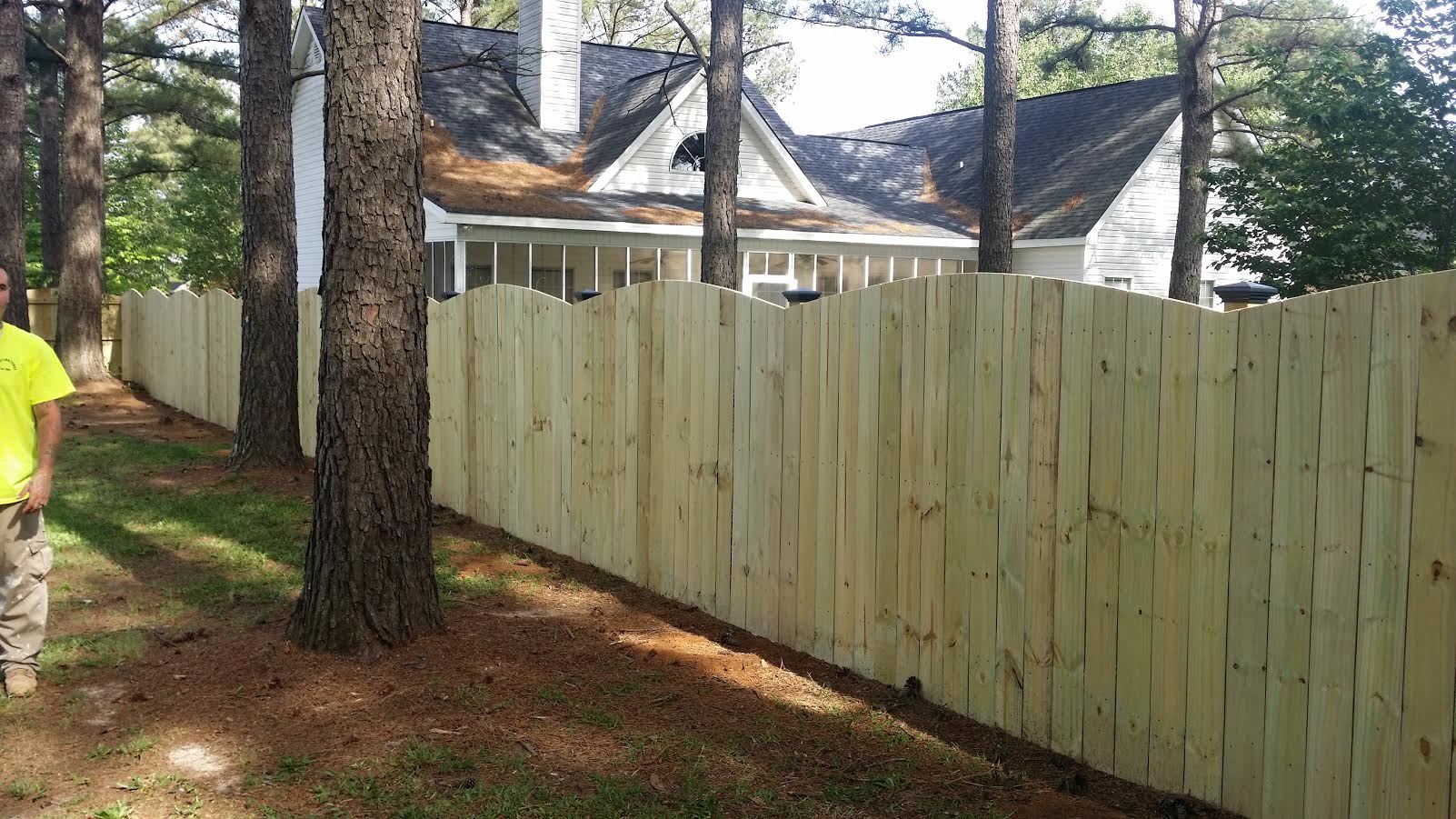How to Select the Right Fencing Discoloration for Your Residential Property
When it comes to improving the appearance and longevity of your property's fencing, picking the right tarnish is a critical decision that needs careful factor to consider. Exactly how can you ensure that you pick the best fence stain that lines up with your building's design and maintenance needs?
Comprehending Timber Kind
To select the ideal fencing tarnish, it is necessary to have a comprehensive understanding of the numerous types of wood typically used for secure fencing. The selection of wood plays a critical role in determining the durability and general looks of the fence. Cedar is a preferred selection as a result of its all-natural resistance to decay and pests, making it a resilient alternative for outdoor structures. Pine is another typical wood made use of in fencing, recognized for its affordability and convenience of staining. Nonetheless, pine is much more susceptible to bending and decaying compared to cedar. Redwood is a premium alternative understood for its striking look and natural resilience, though it comes with a greater price tag. When choosing a fence tarnish, it is essential to consider the sort of timber being made use of to guarantee compatibility and optimal protection. Comprehending the features of various wood kinds will aid you make a notified decision when it concerns selecting the best fencing stain for your home - Nashville Fence Staining Services.
Picking the Right Color
Selecting an appropriate hue for your fencing stain is a critical decision that considerably affects the general aesthetic appeal of your property. The color you pick must enhance the style of your home, blend harmoniously with the surroundings, and show your personal preference. When deciding on a color, think about the existing color palette of your property. For a natural appearance, earthy tones like browns, environment-friendlies, or grays work well. These shades can help the fence mix into the landscape and produce a cohesive look. If you choose a more contemporary or vibrant appearance, consider going with darker tones like black or deep charcoal for a striking comparison. Lighter shades such as whites or light grays can make a fence show up bigger and include a touch of sophistication to your residential property. Ultimately, the right shade option will improve the charm of your fencing and raise the total aesthetic appeal of your home.

Thinking About Openness Degrees
When selecting the ideal color for your fencing stain, one more vital facet to think about is the degree of transparency that will certainly best match your residential or commercial property's visual and upkeep requirements. Transparency levels in fence spots typically fall into three classifications: clear, semi-transparent, and solid. Think about the level of exposure your fencing deals with, the desired upkeep regularity, and the aesthetic you want to attain when picking the appropriate transparency level for your fence discolor.
Evaluating Maintenance Demands
Taking into consideration the longevity and upkeep of your fencing, assessing the upkeep needs is important in determining the most appropriate fencing discolor for your residential or commercial property. The degree of upkeep required for your investigate this site fence can vary depending upon variables such as the kind of wood, climate problems in your location, and your individual choices.
When evaluating maintenance needs, it is important to take into consideration the resilience of the fencing tarnish. Some stains require even more constant reapplication than others, so picking a discolor with a longer lifespan can help in reducing the overall maintenance needs of your fence (Fence Staining Service). Furthermore, variables such as resistance to UV rays, water, and mold can influence exactly how frequently you need to re-stain your fence

Evaluating Samples Prior To Application
Before applying any type of fence stain, it is recommended to carry out sample examinations to make sure compatibility with the wood and desired visual end result. Checking samples allows you to analyze exactly how the stain will interact with the certain type of wood used in your fencing, as various woods can soak up spots in different ways. To start, pick a little unnoticeable location of the fence to apply the tarnish samples.
Verdict
Finally, selecting the suitable fencing stain for your residential property involves comprehending the wood kind, selecting the right color, considering openness degrees, evaluating upkeep demands, and screening examples before application (Fence Staining). By taking these aspects right into consideration, you can make certain that your fencing stain enhances your residential property while providing the necessary security and longevity. Make a notified decision to enhance the look and long life of your fence